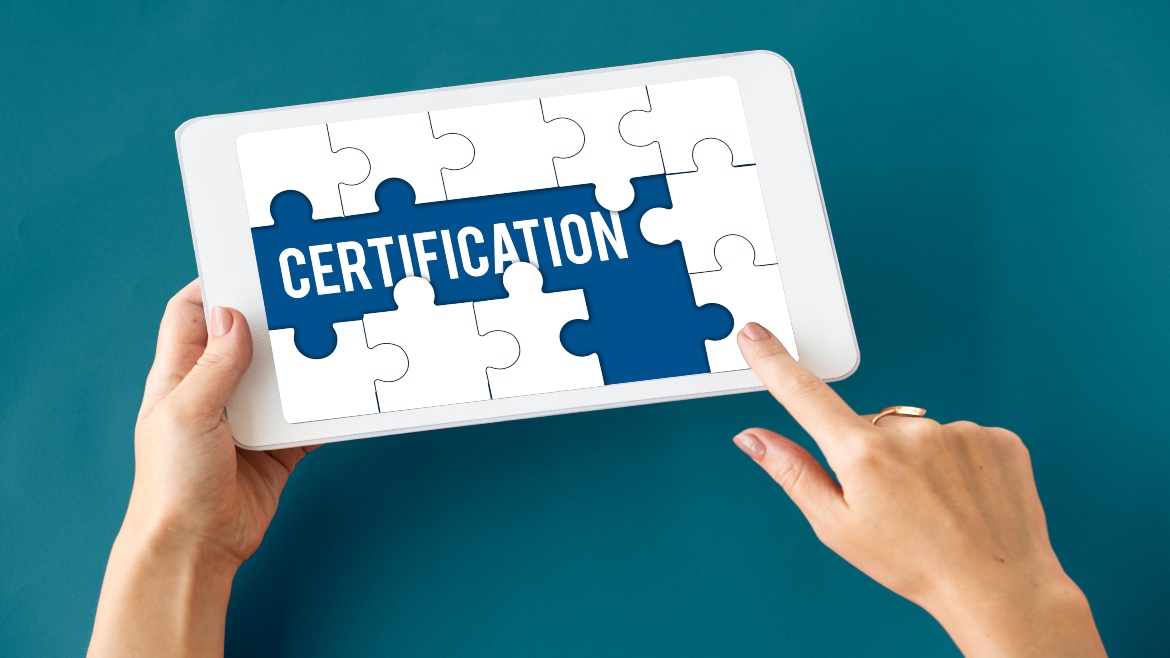Chapter 0 - How Do I Know if a Product Meets CE Certification Stand
Submitted May 29, 2023 Updated May 29, 2023 Status Incomplete | The CE certification is a mark that indicates a product's compliance with the essential health, safety, and environmental requirements set by the European Union (EU). It is a crucial requirement for products seeking entry into the European market. As a consumer or a business looking to purchase or sell CE-certified products, it is important to know how to verify if a product meets CE certification standards.
Category:
Tutorials » Computer Art (CG) Tutorials |
Chapter 0 - How Do I Know if a Product Meets CE Certification Stand
Chapter 0 - How Do I Know if a Product Meets CE Certification Stand
How Do I Know if a Product Meets CE Certification Standards?
The CE certification is a mark that indicates a product's compliance with the essential health, safety, and environmental requirements set by the European Union (EU). It is a crucial requirement for products seeking entry into the European market. As a consumer or a business looking to purchase or sell CE-certified products, it is important to know how to verify if a product meets CE certification standards. In this article, we will explore some key indicators to help you determine a product's compliance.
Look for the CE Mark:
The CE mark is the most visible and recognizable indicator of CE certification. It is usually affixed to the product or its packaging and represents that the product meets the applicable EU directives and standards. The CE mark consists of the letters "CE" placed inside a square. However, it is important to note that the CE mark alone does not guarantee compliance. It should always be accompanied by additional supporting information.
Check for the Declaration of Conformity:
A Declaration of Conformity (DoC) is a document provided by the manufacturer or the authorized representative declaring that the product complies with the relevant EU directives. It includes information about the product, the applicable directives, and the standards to which it adheres. The DoC should be available with the product or provided upon request. Ensure that the DoC includes accurate and up-to-date information.

Review Technical Documentation:
The manufacturer is required to maintain technical documentation that demonstrates the product's compliance with the applicable directives and standards. This documentation includes product specifications, design drawings, risk assessments, test reports, and user manuals. While it may not be readily accessible to consumers, requesting technical documentation from the manufacturer or seller can provide further assurance of compliance.
Verify the Notified Body Involvement: In some cases, the CE certification process requires involvement from a notified body—a third-party organization designated by an EU member state. The notified body conducts conformity assessments, verifies compliance, and issues certificates. If the product requires the involvement of a notified body, the DoC should mention the notified body's identification number. You can verify the validity of the certificate by contacting the notified body or checking its official database.
Consider Reputable Suppliers:
When purchasing products, it is advisable to source them from reputable suppliers who have a track record of selling compliant products. Established suppliers often have established relationships with manufacturers and ensure that the products they sell meet the necessary standards. They understand the importance of compliance and prioritize offering CE-certified products.
If you are unsure about a product's compliance or have specific concerns, seeking expert advice can be beneficial. Certification bodies, consulting firms, or legal professionals with expertise in CE certification can provide guidance and help you assess the product's compliance. They can review technical documentation, perform tests if necessary, and offer their professional opinion on a product's conformity.
Stay Informed:
Regulations and standards are subject to updates and revisions. Stay informed about any changes in the directives or standards that may impact product compliance. Regularly monitor official sources, such as the European Commission's website, for updates and changes. Manufacturers are responsible for maintaining compliance, and keeping up with the latest requirements ensures that products continue to meet the necessary standards.
In conclusion, verifying if a product meets CE certification standards requires careful examination and consideration of various indicators. Checking for the CE mark, reviewing the Declaration of Conformity, requesting technical documentation, and considering the involvement of a notified body are essential steps. Additionally, sourcing products from reputable suppliers and seeking expert advice can provide further assurance. By staying informed and vigilant, you can make informed decisions when purchasing or selling products in compliance with CE certification standards.
Comments
You are not authorized to comment here. Your must be registered and logged in to comment
